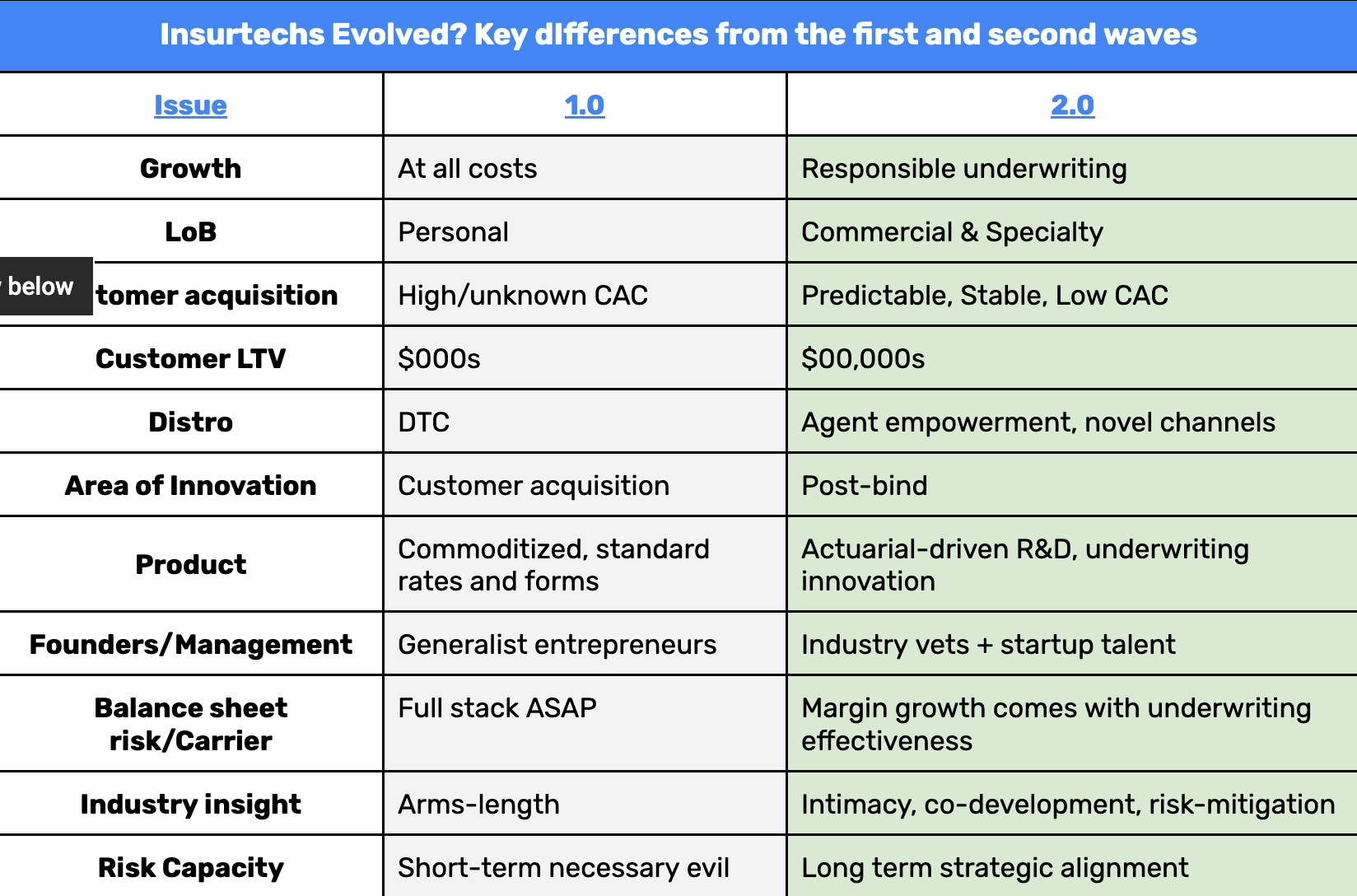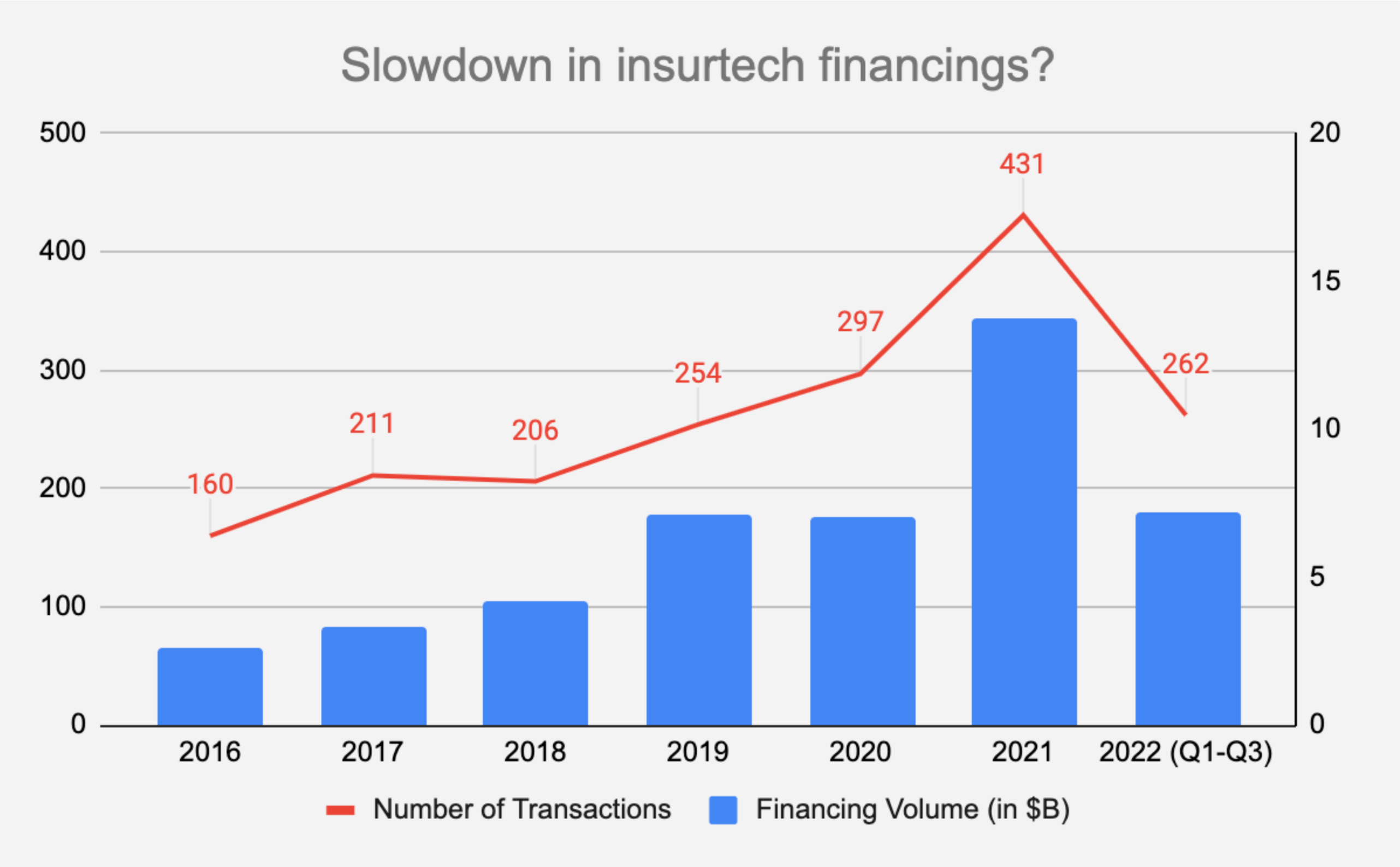The data that carriers and MGAs are missing might be the most valuable, and profitable, data of all. Yet the patchwork of legacy technology within the insurance industry, complicated by the expensive system conversions of the last two decades, has kept much of this data — and resulting bottom-line improvements — out of reach for many carriers and MGAs.
Older systems either fail to capture important data or lock it away due to a lack of compatibility with newer, more robust systems. Moreover, in recent years insurance leaders have faced bet-the-company scenarios as they tried to decide which technology platforms — many of them operating as closed ecosystems — might be the best way forward for their organizations and future growth.
This missing data, both nuanced and critical, has practical, financial applications for both carriers and MGAs. This data can also be immensely helpful in managing the insurers’ relationships with independent agents.
Customer insights, producer management and renewal optimization are just some areas for potential improvement through previously inaccessible or otherwise unavailable data; potentially improving a carrier or MGA’s topline growth by up to 30%.
What’s Missing?
Old systems didn’t readily capture various iterations of work done by agents, brokers and MGAs. Whether through system failure or lack of design foresight, older insurance tech failed to catalog and store some of the back and forth among insurers, agents and insureds that in more recent years has proved invaluable.
One example is detail surrounding insureds contacting their agents to make changes to a policy. Both the frequency and content of these interactions were not captured by legacy agency management systems. In fact, some older agency management systems acted as little more than old-school "contact us" screens found on websites of the 1990s, offering limited behavioral tracking to provide insights on the insured. For instance, detail on homeowner or property owner requests for policy endorsements, providing information on tenant improvement or betterments, adjustments to square footage, tweaking coverages or changing deductibles simply wasn’t captured. Seeing how consumers adjust coverage to get the right rate can be invaluable when it comes to determining the true nature of both the consumer and the risk.
This granular information, to some, is seen as background noise. To an increasingly large portion of the insurance sector, it provides deep insights into how consumers adjust coverage to get the right rate and may even provide early indications of adverse selection by producers.
For older systems that did capture this type of data, access and analysis were slow and expensive. However, with a cloud-based system like Amazon Web Services (AWS), it’s never been easier to deploy artificial intelligence and machine learning across a range of information and still derive significant insights. The accessibility and automated analysis of this data allow it to become sorted, informative and actionable with the push of a single button. Most importantly, these valuable behavioral insights allow carriers and MGAs to derive correlation risk.
Systems that can capture information progressively on how independent agents behave or how insureds are acting can offer insights into the customer lifecycle to indicate the churn of certain types of accounts and, in some cases, even detect potential fraud based on user behavior.
See also: Survey Data Is Your Secret Weapon
What the Data Tells Us
As the saying goes, the devil is in the details. For insurers, it’s usually in the data, and that data is only available if it is captured, made available and analyzed.
Agents can look at the insured’s behavior to determine if the policy will actually renew. Take a customer who calls customer service multiple times during the first year of a policy. Perhaps they have questions or are requesting changes to reduce costs or otherwise adjust the policy. Depending on how often he or she calls, the agent may need to step in at renewal time to work directly with the insured to avoid non-renewal by the policyholder.
Granular data can provide valuable insights into the risk for carriers and MGAs at the peril level, not just the policy level. If risk and exposure data is aggregated when commercial policies are bundled, carriers and MGAs may be unaware of what they’ve undertaken. For instance, if these bundled policies are largely focused on property, but some have a small percentage of risk focused on general liability, policy administration programs may not examine risks at the peril level because they were designed, primarily, for policy management rather than risk or exposure management. This can put carriers and MGAs at a disadvantage at renewal if the competition can reconstruct the policy from a peril perspective while those with less sophisticated insights lack the critical data to accurately assess and price the policy at the peril level.
What to Consider
As carriers, MGAs and independent agents continue to move away from legacy systems, the good news is most are turning to more robust, cloud-based systems. These tend to not only provide portability but also seamless system updates, ensuring users will continue to have modern agency or policy management systems for the foreseeable future.
However, there is no shortage of systems available, and each system claims to be ideal and built for the long term. What the insurance industry should aim to avoid is another round of bet-the-company investments that marries their organization to a specific, allegedly all-encompassing technology solution. After all, that’s the quintessential failure of most legacy insurance systems of the past — operating on a digital island with little or no communication with other systems used in and around the industry.
Therefore, the first question to ask any technology provider is whether their system is an open or closed ecosystem. While there can be advantages to both approaches, all indications point to an ever-faster and dizzying pace of technological advancement that will require the flexibility and interoperability that only an open ecosystem can provide.
A second consideration is specialization. Insurance is built on specialization, and the systems used by insurance professionals should not be any different. Carriers, MGAs and independent agents should look for what fits best, both in terms of how their organizations work and in terms of their capabilities and priorities. Seeking out flexible partners that allow for other systems to easily bolt on to those of others will ensure the necessary customization or specialization needed will be available, and likely needed, for many years to come.
Third, the question of who owns the data once it becomes part of any system is critical. If that data becomes the property of the system provider or is otherwise not easily transferable, carriers, MGAs and independent agents should be skeptical. If you cannot take your data with you, I strongly suggest walking away from such a system provider.
Why Data Sharing Saves
The question of access to this data has stymied the insurance industry for years. Carriers and MGAs have been cautious about who has access to their data. Neither party wants to give away too much to the other, and independent agents have similar concerns. Unfortunately, by restricting access to certain data, industry lessons aren’t easily shared, and efficiencies can be lost.
However, this structural aversion to data sharing may not have much of a future in the world of delegated authority. More processes are being automated, and with automation comes measurement. A growing appetite for more nuanced data is dictating how insurers operate and increasingly becoming table stakes. And the granular detail now readily available along with the speed with which it can be accessed and analyzed is driving decision-making and the future of insurance.
In recent conversations, I’ve increasingly seen interest from carriers to provide MGAs a “carrot, rather than a stick” approach to encourage data sharing between the two. There is truly no free lunch, and capacity providers understand that there needs to be more incentive for MGAs to provide their data to overcome these historic aversions to transparency. While the specifics would vary between relationships, incentives like evergreen contracts to no aggregate limits, to mid-term commission hikes in desirable areas are being discussed in exchange for better and more real-time connectivity to MGA data. Steps like this could result in deeper relationships between MGAs and carriers, creating opportunities.
As I noted at the start, industry data can be astoundingly profitable. We just need to have the will and the secure means to share it.





































